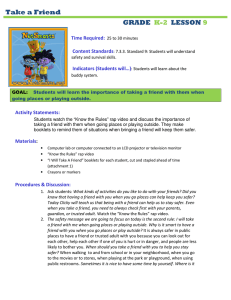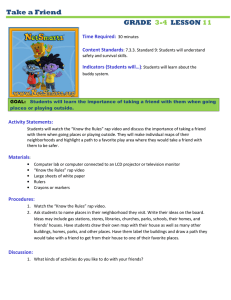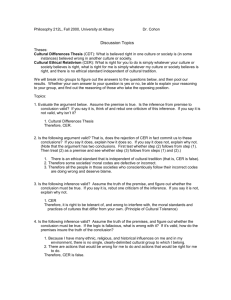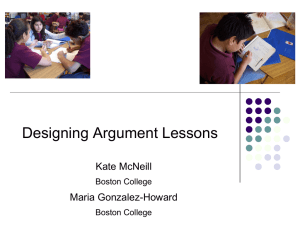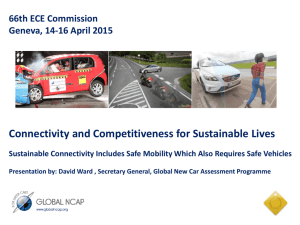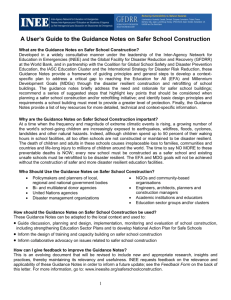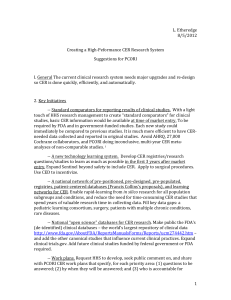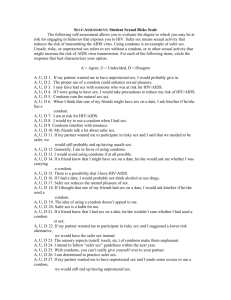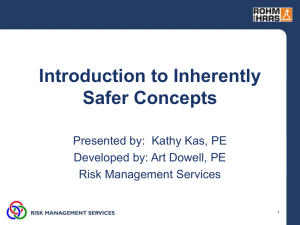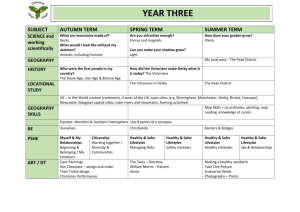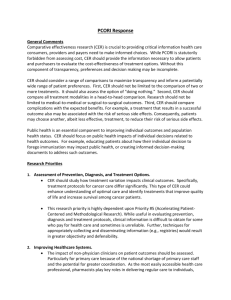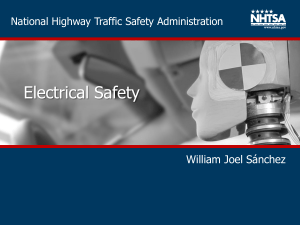Lesson 73 Enhancement
advertisement
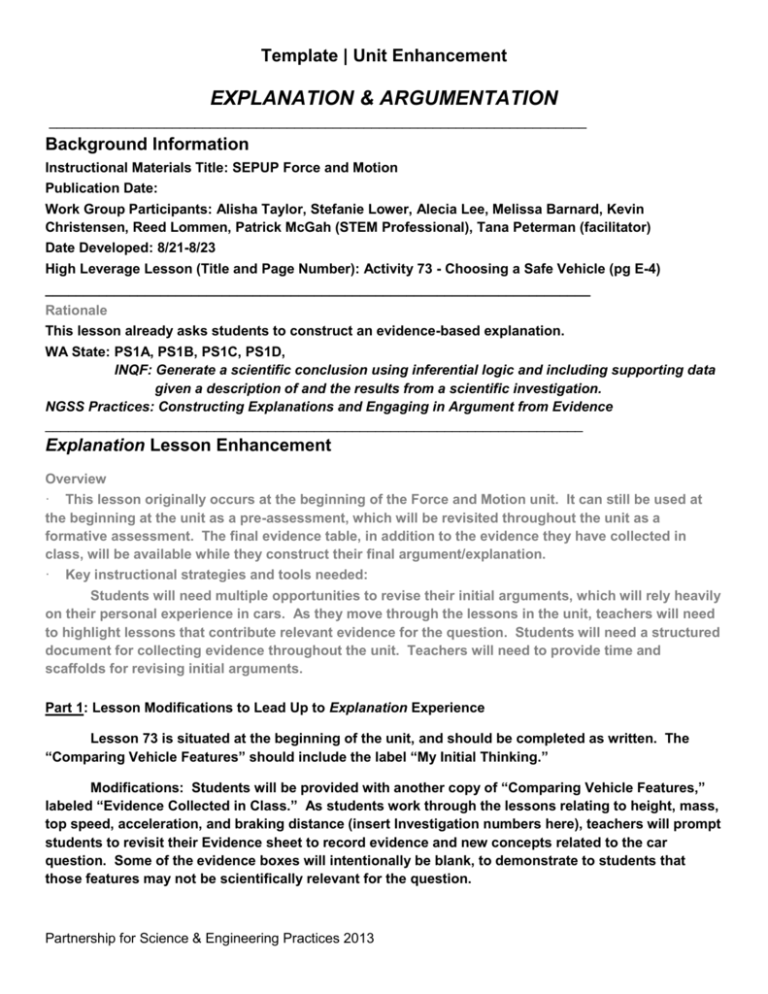
Template | Unit Enhancement EXPLANATION & ARGUMENTATION ______________________________________________________________________ Background Information Instructional Materials Title: SEPUP Force and Motion Publication Date: Work Group Participants: Alisha Taylor, Stefanie Lower, Alecia Lee, Melissa Barnard, Kevin Christensen, Reed Lommen, Patrick McGah (STEM Professional), Tana Peterman (facilitator) Date Developed: 8/21-8/23 High Leverage Lesson (Title and Page Number): Activity 73 - Choosing a Safe Vehicle (pg E-4) _______________________________________________________________________ Rationale This lesson already asks students to construct an evidence-based explanation. WA State: PS1A, PS1B, PS1C, PS1D, INQF: Generate a scientific conclusion using inferential logic and including supporting data given a description of and the results from a scientific investigation. NGSS Practices: Constructing Explanations and Engaging in Argument from Evidence ______________________________________________________________________ Explanation Lesson Enhancement Overview · This lesson originally occurs at the beginning of the Force and Motion unit. It can still be used at the beginning at the unit as a pre-assessment, which will be revisited throughout the unit as a formative assessment. The final evidence table, in addition to the evidence they have collected in class, will be available while they construct their final argument/explanation. · Key instructional strategies and tools needed: Students will need multiple opportunities to revise their initial arguments, which will rely heavily on their personal experience in cars. As they move through the lessons in the unit, teachers will need to highlight lessons that contribute relevant evidence for the question. Students will need a structured document for collecting evidence throughout the unit. Teachers will need to provide time and scaffolds for revising initial arguments. Part 1: Lesson Modifications to Lead Up to Explanation Experience Lesson 73 is situated at the beginning of the unit, and should be completed as written. The “Comparing Vehicle Features” should include the label “My Initial Thinking.” Modifications: Students will be provided with another copy of “Comparing Vehicle Features,” labeled “Evidence Collected in Class.” As students work through the lessons relating to height, mass, top speed, acceleration, and braking distance (insert Investigation numbers here), teachers will prompt students to revisit their Evidence sheet to record evidence and new concepts related to the car question. Some of the evidence boxes will intentionally be blank, to demonstrate to students that those features may not be scientifically relevant for the question. Partnership for Science & Engineering Practices 2013 Part 2: Explanation Learning Sequence Prior to lesson 73, the CER format needs to be introduced to class. Lesson 73: complete as planned adding CER. End of unit: come back to lesson 73. Students construct a new CER based on data they have collected throughout the unit. Part 3-A: Describe Assessment Task Learning Target: I can write a scientific argument for which car is safer based on evidence gathered in class. Question: Which car is safer based on scientific evidence? Evidence: Evidence will be synthesized throughout the unit in the “Comparing Vehicle Features: Evidence Collected in Class” document. Relevant evidence includes, at a minimum: braking distance, mass, height, and could additionally include brakes, airbags, and top speed. Scientific Concepts: Relationship between mass and acceleration, determining relevant evidence. Include the question, evidence students will use, and scientific concepts students will use in their reasoning. Part 3-B: Assessment Rubric ______________________________________________________________________ Additional Information The evidence provided in this prompt allows for multiple valid claims. Below is a diagram illustrating ideal student responses based on two possible claims. Claim 1: Car 1 is safer than Car 2. Claim 1: Car 2 is safer than Car 1. Evidence: Taller (1.8 m) Higher mass (2027 kg) Evidence: Lower breaking distance (44 meters) Reasoning: The taller the car, the greater the visibility. The higher the mass, the safer for the passenger. Reasoning: The lower breaking distance allows the car to stop in less time. Partnership for Science & Engineering Practices 2013
